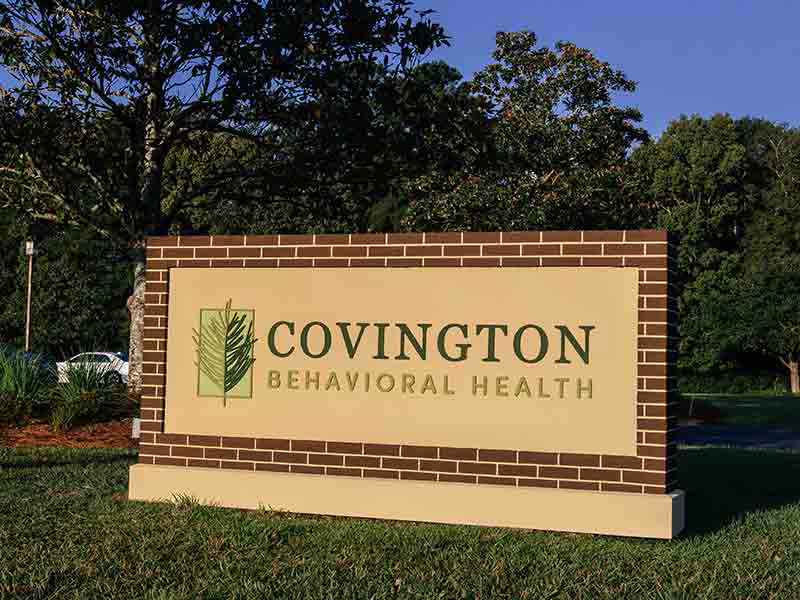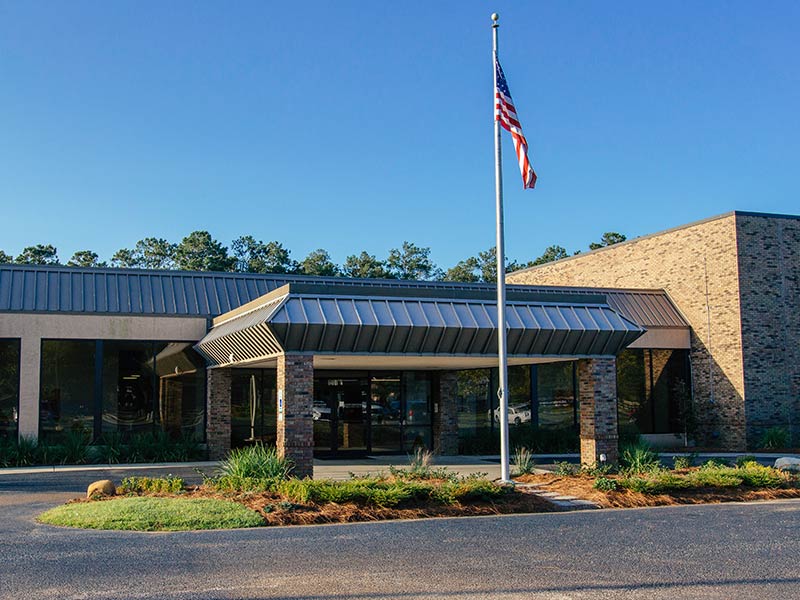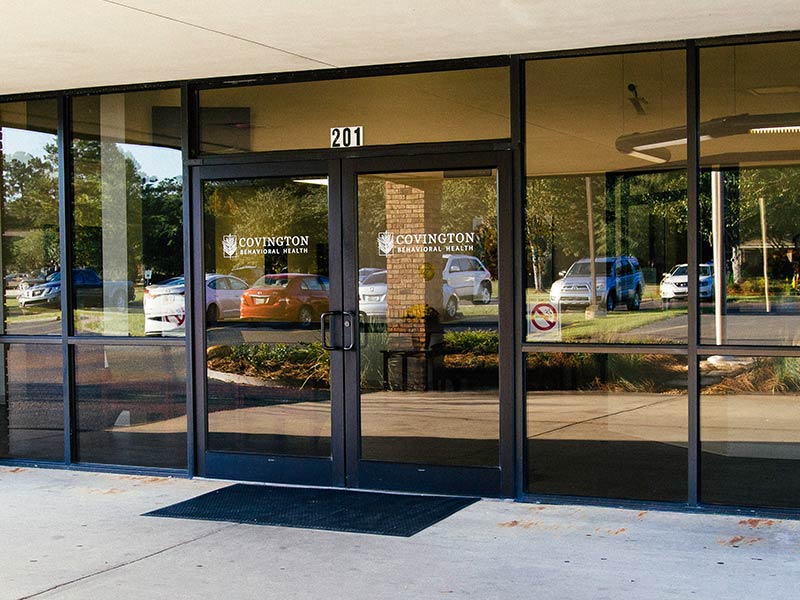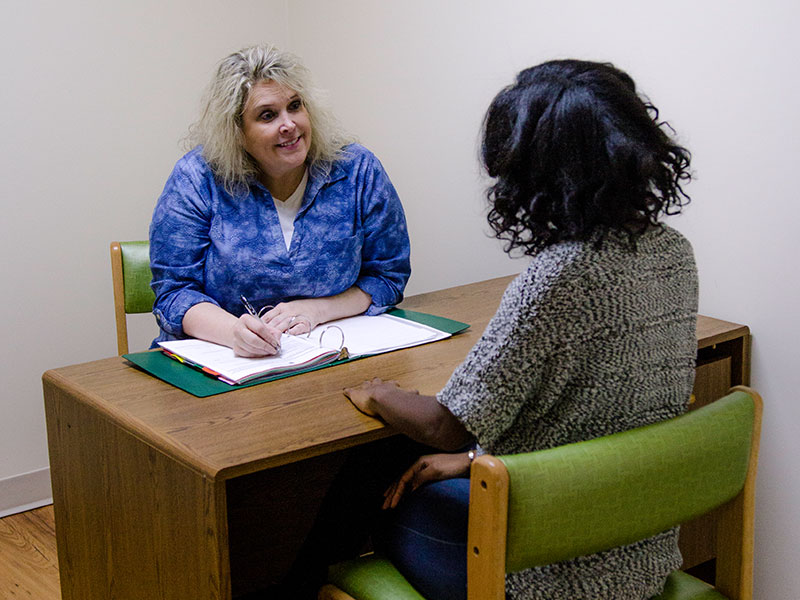At Covington Behavioral Health, we believe education is an important first step in the effort to heal from PTSD. Understanding the signs, symptoms, and effects of PTSD can help you get the right type and level of care for yourself or a loved one.
Understanding PTSD
Learn about PTSD
Trauma is, unfortunately, a part of life for many people. Trauma includes any experience that was either life threatening or so terrible that the person felt fear for his or her life or well-being. Traumatic experiences are generally out of a person’s control, resulting in a feeling of helplessness and a sense of having no control. Sometimes, a person may become traumatized by simply watching a terrible trauma happen to another individual. Some common causes of trauma may include family violence, abuse, military combat, injury accidents, natural disasters, or terrorism experiences.
In some cases, experiences of trauma lead to the onset of posttraumatic stress disorder, or PTSD. A person may develop PTSD even if that individual witnesses a traumatic event happen to others or if that person hears about or responds to traumatic events (as was the case with many 9/11 rescue workers).
A person who suffers from posttraumatic stress disorder may experience intrusive and uncomfortable memories of the trauma that are sometimes so strong that they feel like they are happening all over again. Sometimes these memories occur as flashbacks during waking hours, and other times they may occur as powerful thoughts or nightmares.
These memories are so unpleasant that most individuals will do a number of things in order to avoid these memories. Sometimes angry mood swings occur. The individual may experience a shift in personality, and develop a different attitude and outlook. Often, these individuals become hyperaroused– in other words, they become overly vigilant to danger, always feeling worried or stressed. These individuals may have trouble relaxing, may feel angry or irritated, and may struggle to feel happy. In some cases, these stresses lead to physical health problems, depression, substance use, or even suicide attempts.
Posttraumatic stress disorder is treatable. A person who develops PTSD can benefit from the dedicated counselors and medical team of an effective treatment program.
Statistics
PTSD statistics
Each year nearly 3.5% Americans will have diagnosed cases of PTSD. The general population is at an 8.7% risk of experiencing a trauma and developing PTSD. Certain individuals, such as police, military, firefighters, and first responders, are at a higher risk for experiencing trauma and developing posttraumatic stress disorder. Individuals who have survived military combat, genocide, abduction or rape are at the highest risk of developing PTSD.
Causes and Risk Factors
Causes and risk factors for PTSD
Not every person experiences PTSD after a traumatic incident. An individual’s chances of experiencing PTSD increase with some existing risk factors, including:
Genetic factors: A person who has a family history of anxiety disorders or other mental illnesses may be more prone to PTSD.
Environmental factors: Repeated trauma can lead to PTSD. Individuals who experience repeated societal violence or family violence tend to eventually experience posttraumatic symptoms. Severity of trauma and duration of trauma also impact the development of PTSD. The lack of a healthy support system of individuals who understand the situation and understand trauma also plays into PTSD development.
Other Risk Factors:
- Experience of traumatic events in childhood
- Strong family or cultural reactions to trauma
- Gender (females are more likely to report PTSD symptoms to professionals)
- Minority ethnicities or races, often due to struggles within society
- Experiences of abuse as a child
- Lack of social support
- Family history of low learned coping abilities
Signs and Symptoms
Signs and symptoms of PTSD
Trauma impacts each individual in unique ways. A posttraumatic stress disorder diagnosis features the following symptoms:
Re-experiencing symptoms
- Intense or overwhelming physiological reactions or stress after experiencing cues that remind the individual of trauma
- Unpleasant, recurrent dreams or memories about the traumatic event
- Memories or intrusive flashbacks that make it feel like the trauma is happening again
- Intense distress or reactions to cues or events that remind the individual of the trauma
Avoidance Symptoms
- Avoidance of people, places or things that trigger memories of the traumatic event, even if the person formerly enjoyed some of those places or things
- A strong desire to avoid experiencing or remembering anything that may be associated with the traumatic event, even if that means shutting out pleasant memories, people, or places.
Hyperarousal Symptoms
- Staying on “high alert” at all times
- Ongoing irritability or angry outbursts
- Constantly watching and listening for danger
- Difficulty concentrating
- Inappropriate startle response
- Self-destructive, dangerous or reckless actions
- Aggression towards others, the self, or objects
- Difficulty going to sleep or staying asleep
Mood Change Symptoms
- Detachment from others, possibly even loved ones
- Negative beliefs about one’s self , the world, or others
- Difficulty feeling happiness or contentment
- Distressing or intrusive bouts of guilt, shame, fear or anger
- Detachment from others
- Lowered interest in formerly enjoyable activities
- Inability to recall parts of the trauma accurately
Effects
Effects of PTSD
Without treatment, the symptoms of PTSD will worsen. The following effects may occur in the individual’s life:
- Additional mental health disorders
- Loss of employment
- Family conflict
- Relationship conflict or loss of relationships
- Homelessness
- Suicidal ideation or suicide attempts
- Poor school or work performance
- Reckless behavior or violence
- Episodes of feeling unreal, or derealization or depersonalization
Co-Occurring Disorders
PTSD and co-occurring disorders
The ongoing struggle with PTSD may increase an individual’s risk of experiencing other mental health diagnoses. Similarly, pre-existing mental health conditions may worsen due to the effects of PTSD, making treatment even more necessary and helpful. Some common co-occurring disorders that happen alongside PTSD include:
- Substance use disorders
- Anxiety disorders
- Depressive disorders
- Bipolar disorder
- Mild or major neurocognitive disorders















